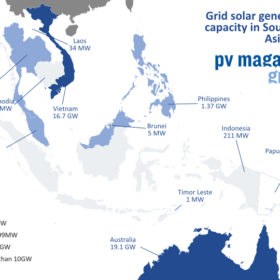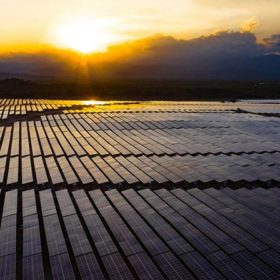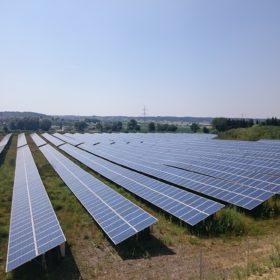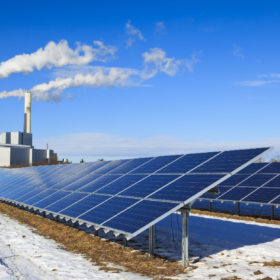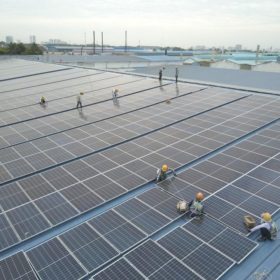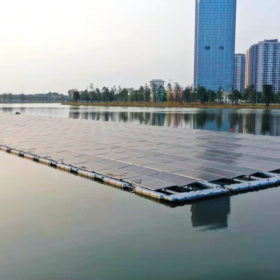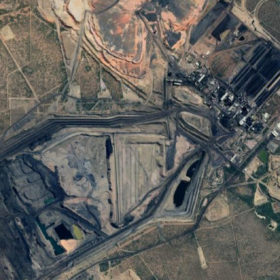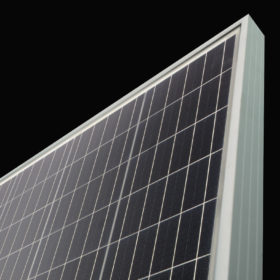Trina Solar’s new 6.5 GW Vietnam wafer plant to exclusively supply US market
Trina Solar said it will start operating a new 6.5 GW solar wafer factory in Vietnam from mid-2023 to exclusively supply the utility, commercial and industrial (C&I) segments in the United States, as well as the US residential solar market.
Big solar already pulling its weight on emission reduction – especially in Chile
Following a disappointing COP27 climate change summit in November, solar industry veteran Philip Wolfe reviews the contribution utility-scale PV is starting to make to emissions reduction.
Weekend read: Southeast Asian interconnection
While near neighbors, the electricity generation of the countries of Southeast Asia couldn’t be further apart. Indonesia burns locally mined coal; Malaysia has reserves of oil and gas; and populous Singapore, Vietnam, and the Philippines depend on fossil fuel imports. They could all benefit from increased solar electricity but higher grid capacities and interconnection are key for an opportunity to unlock the power of the sun.
Vietnam set to open renewable energy market to PPAs
The Vietnamese government has been working on a scheme to allow bilateral power purchase agreements (PPAs) since 2020. The start of the pilot scheme has been delayed and is now expected for the first quarter of 2023. The official program would launch in 2025.
In Asean nations it’s all about the solar
Indonesia will have to get to work installing more than 24 GW of solar this year – and every year – if the region is to achieve the 2.1 TW to 2.4 TW of photovoltaics Irena has estimated it will require to achieve a net zero carbon energy system by 2050.
Solar power costs continued to fall in 2021, despite rising panel prices
The average global price of solar kilowatt-hours fell 13% on 2020’s prices, as around two-thirds of the renewables capacity installed last year was cheaper than the lowest-cost fossil fuel alternative.
Vietnamese government fears legal action from solar investors
The Vietnamese government is reportedly concerned about legal action from solar investors if its new power development plan does not prove ambitious enough.
Floating solar array powering recreational park in Vietnam
The 600 kW array was built by Sungrow with 540 W solar panels and its own floating structures.
China and India to drive record world coal demand next year
Advances in solar power and other clean energy technologies have failed to keep up with demand for electricity as economies rebound from the Covid crisis and China and India’s fossil fuel appetite will ensure the world stays well short of what is needed for a net zero 2050 for at least the next three years.
Update: Jinko says it did not reduce PV panel prices in the last quarter
The company today told pv magazine it did not reduce any of its PV module prices in the July-to-September period.


